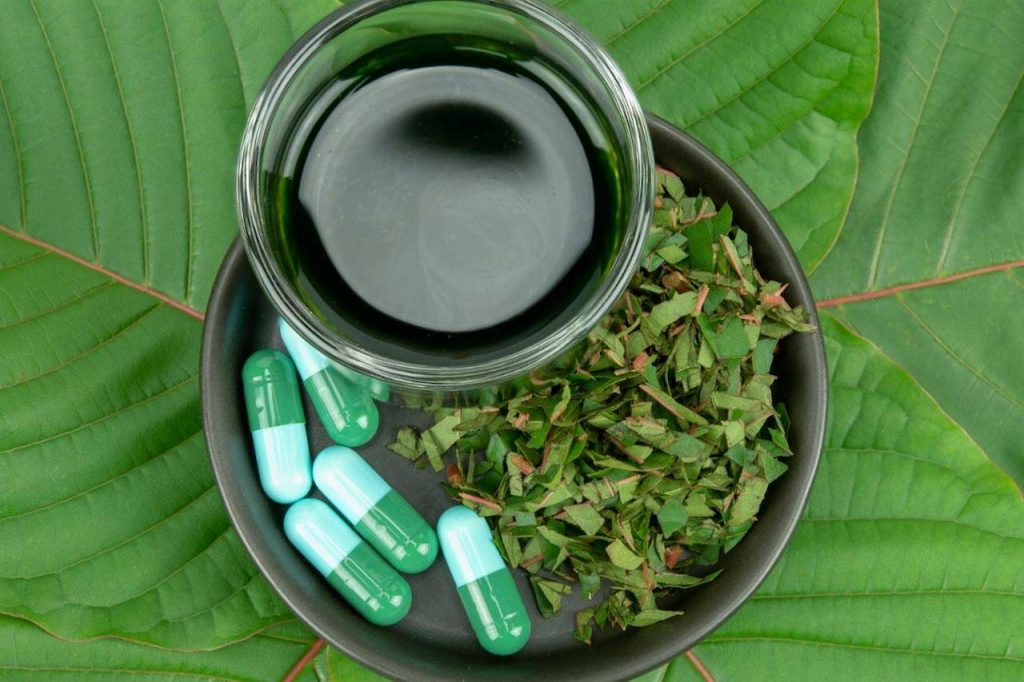Kratom, a plant native to Southeast Asia, has gained increasing attention in recent years due to its potential medicinal properties and growing use as an alternative to painkillers, especially in the context of opioid addiction. However, kratom’s legal status is a complex issue that varies from country to country and even within regions of the same country, presenting challenges for both users and regulators. The crux of the debate lies in balancing the benefits and risks associated with kratom while addressing concerns about safety, misuse, and its role in public health. The Drug Enforcement Administration DEA has considered classifying kratom as a Schedule I controlled substance, which would classify it similarly to heroin and methamphetamine, signaling that it has no medical use and a high potential for abuse. This has led to significant backlash from kratom advocates, who argue that the plant offers therapeutic benefits, particularly for individuals struggling with chronic pain, anxiety, and opioid withdrawal symptoms.
Despite the DEA’s attempts to place kratom under Schedule I, it has not yet been banned at the federal level, although it remains on the agency’s watchlist, and individual states have the authority to regulate it. As of now, several states have taken action to regulate or ban kratom. For example, in Alabama, Arkansas, Indiana, and Rhode Island, kratom is classified as a controlled substance, making it illegal to possess or sell. Some states have implemented age restrictions, while others require labeling to inform consumers about the potential risks and side effects of kratom use. This fragmented regulatory landscape complicates the situation for users, manufacturers, and vendors, creating confusion and uncertainty regarding the high quality kratom for pain products. The lack of consistent regulation has raised concerns about consumer safety. Kratom is often sold in powder or capsule form, and its quality can vary greatly depending on the source. Unregulated markets may lead to contamination or adulteration of kratom products with dangerous substances, heightening the risk of adverse effects.
There have also been reports of kratom-related overdoses and fatalities, though many of these cases involved the use of other substances in combination with kratom. This has sparked calls for more research into kratom’s safety profile and the need for stricter oversight. Despite these concerns, there is a growing push from certain medical and advocacy groups to establish a legal framework that allows for the controlled use of kratom while protecting consumers. The American Kratom Association AKA, for instance, advocates for the passage of the Kratom Consumer Protection Act KCPA, which seeks to regulate kratom at the state level to ensure product quality, establish age restrictions, and prevent adulteration. Such efforts aim to create a balanced approach to kratom regulation, recognizing its potential benefits while addressing safety concerns. The challenge for international regulators lies in balancing the need to control substances that could pose risks to public health while not stifling the exploration of potential therapeutic uses of kratom.